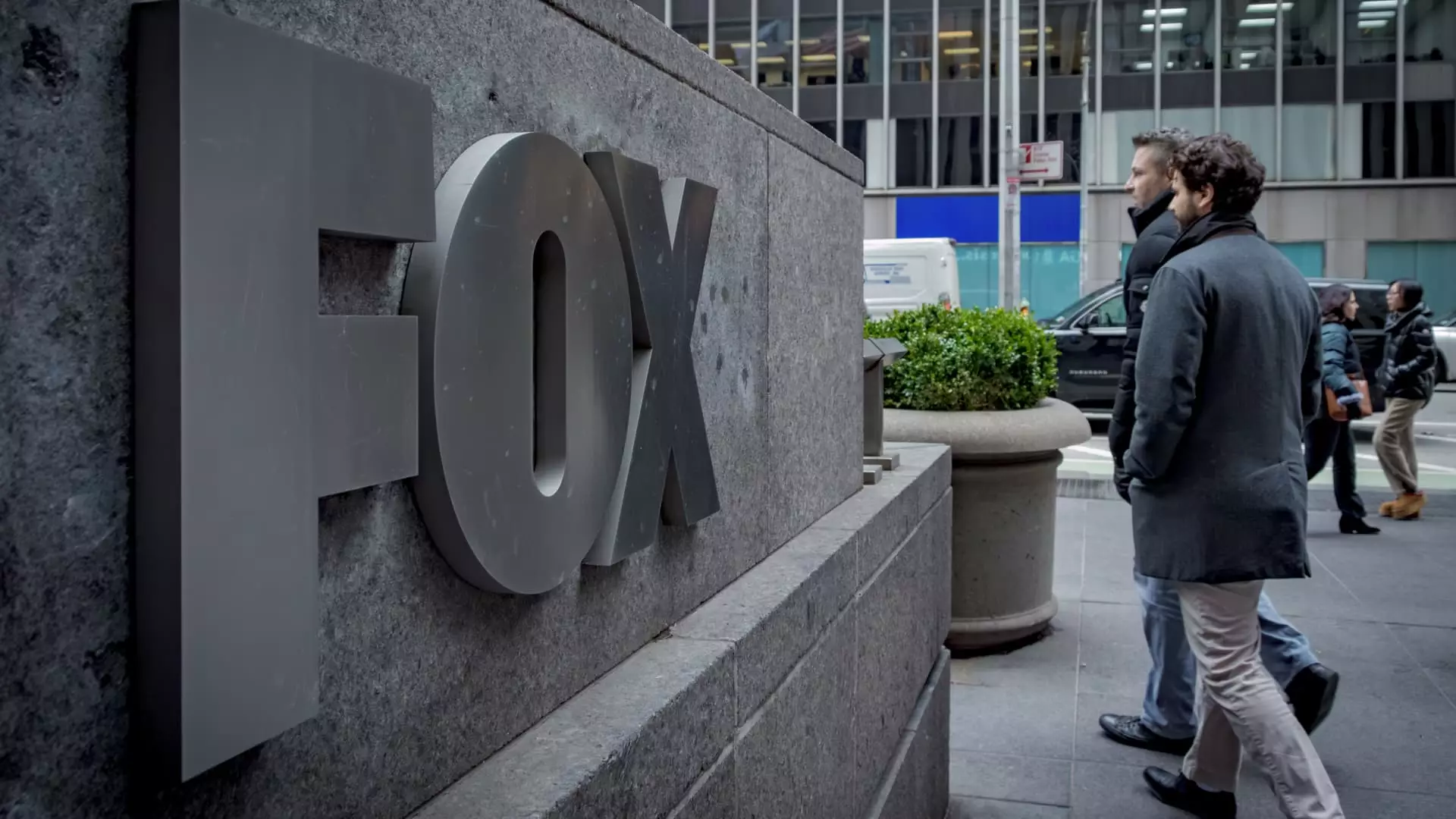Fox’s decision to launch Fox One without any exclusive or original programming reveals a cautious or perhaps hesitant approach to streaming. Unlike its competitors, who pour considerable resources into creating proprietary content to hook viewers, Fox seems content to rely on its existing assets, primarily sports and news, to attract subscribers. This choice suggests a recognition that building a successful direct-to-consumer platform requires more than just repackaging familiar content—it demands innovation and differentiation. By avoiding the financial risk associated with original productions, Fox aims to keep costs low, but this minimalist approach could hinder its ability to stand out in an increasingly saturated streaming marketplace. Streaming consumers have come to expect fresh, compelling content; without it, Fox One risks becoming a passive container rather than a destination, potentially limiting subscriber growth and engagement over time.
Pricing Strategy and Market Position: A Double-Edged Sword
Setting the monthly subscription at $19.99 places Fox One into a competitive yet delicate price zone. While lower than Disney’s ESPN+ at $29.99, this fee reflects Fox’s conservative stance—an attempt to avoid cannibalizing traditional pay TV subscriptions further while still generating revenue. The decision to offer free access to existing pay TV subscribers is an attractive value proposition, easing the transition for cord-cutters and traditional customers alike. However, it also raises questions about the perceived value of the service; if the content remains largely familiar and non-exclusive, will consumers see enough benefit to subscribe voluntarily? Fox’s approach underscores a strategic tension: balancing the need for profitability with the desire to avoid alienating existing audience segments or further disrupting the pay TV ecosystem it aims to move beyond. This pricing strategy could backfire if consumers view Fox One as merely a supplementary or redundant offering rather than a must-have service.
Timing and Market Context: Missed Windows and Competitive Pressures
Launching Fox One ahead of the NFL season is a savvy move, as sports have historically been a powerful driver of subscription growth. Still, timing alone cannot guarantee success, especially when the market is already inundated with streaming options. The absence of exclusive content and the limited scope of offerings position Fox One as a secondary player rather than a primary destination—a problem compounded by the aggressive expansion plans of rivals like Disney and ESPN. Disney’s upcoming full-service ESPN app, priced higher but backed by a robust library of original and exclusive content, exemplifies the competitive advantage of innovation in streaming. Fox’s more conservative launch risks being overshadowed unless it can leverage its existing sports rights effectively or establish strategic bundles that offer genuine value. The delayed entry also exposes Fox to the rising challenge posed by newer entrants who combine exclusive sports and entertainment content, often at comparable or lower prices.
Behind the Scenes: Management’s Cautious Approach and Future Implications
Lachlan Murdoch’s leadership reflects a pragmatic—if somewhat conservative—approach. Rather than diving headfirst into risky content investments, Fox appears to prefer a restrained strategy that minimizes losses and preserves its core strengths. This cautious stance might stem from an awareness of the turbulent streaming landscape, where numerous services fail to gain sustainable traction despite enormous investments. Nonetheless, this conservatism can be a pitfall if it prevents Fox from innovating and adapting to consumer preferences. In the long run, staying passive in a fast-evolving market risks relegating Fox to a niche player, dependent on sports and news—segments that face their own streaming challenges. For Fox to truly remain relevant, it will need to evolve beyond its comfort zone, balancing prudent financial management with bold content and distribution strategies that align with the digital age’s demands.
Fox’s entry into the direct-to-consumer streaming arena appears to be a well-calculated, low-risk experiment rather than a major strategic overhaul. Whether this shifts the company’s trajectory or cements its peripheral status hinges on the effectiveness of its content and pricing choices in a highly competitive environment. While cautious management can prevent costly missteps, it also risks relegating Fox to the sidelines in a landscape increasingly dominated by content innovation and consumer expectations for seamless, exclusive entertainment. The coming months will be decisive: can Fox leverage its sports and news assets effectively, or will its reserved approach render Fox One a fleeting experiment rather than a sustainable growth engine? Only time—and bold, decisive action—will tell.


Leave a Reply